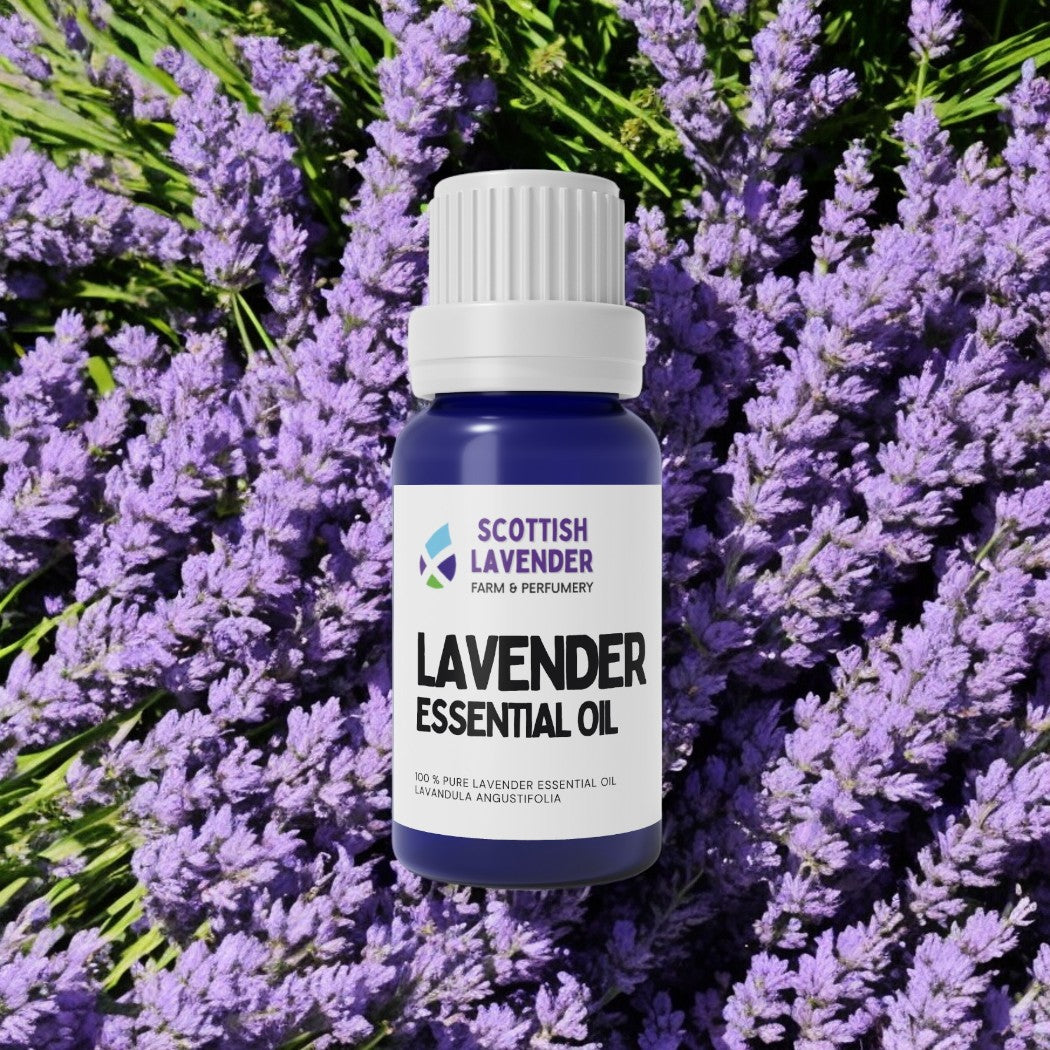Lavandula angustifolia
Lavandula latifolia
Lavandula stoechas
Lavender Essential Oil
Lavender essential oil has been a cherished natural remedy and cosmetic ingredient for centuries, renowned for its soothing scent and a multitude of purported health benefits. Extracted primarily from species like Lavandula angustifolia (English lavender), Lavandula latifolia, and Lavandula stoechas (French lavender), this aromatic oil has found its way into modern holistic therapies, traditional medicine, and even pest control. Recent scientific explorations have delved into the biological activities of lavender essential oil, aiming to bridge the gap between traditional uses and empirical evidence.
Historical Perspective
Lavender, belonging to the genus Lavandula, has a rich history intertwined with human culture. Historically, lavender has been cherished not just for its pleasant aroma but also for its therapeutic properties. Traditional claims suggest that lavender oil possesses antibacterial, antifungal, carminative (smooth muscle relaxing), sedative, antidepressant, and even insect-repelling activities.
The chemical composition of the essential oil does matter
The essential oil of lavender is a complex mixture of compounds, primarily linalool, linalyl acetate, 1,8-cineole, β-ocimene, terpinen-4-ol, and camphor. The exact composition can vary significantly depending on the species, cultivation conditions, and distillation methods. This variability plays a crucial role in the oil's biological activity and therapeutic potential.
Lavender Essential Oil
Lavender essential oil has been a cherished natural remedy and cosmetic ingredient for centuries, renowned for its soothing scent and a multitude of purported health benefits. Extracted primarily from species like Lavandula angustifolia (English lavender), Lavandula latifolia, and Lavandula stoechas (French lavender), this aromatic oil has found its way into modern holistic therapies, traditional medicine, and even pest control. Recent scientific explorations have delved into the biological activities of lavender essential oil, aiming to bridge the gap between traditional uses and empirical evidence.
January 2021
Historical Perspective
Lavender, belonging to the genus Lavandula, has a rich history intertwined with human culture. Historically, lavender has been cherished not just for its pleasant aroma but also for its therapeutic properties. Traditional claims suggest that lavender oil possesses antibacterial, antifungal, carminative (smooth muscle relaxing), sedative, antidepressant, and even insect-repelling activities.
January 2021
The Chemical Composition of the Essential Oil Does Matter
The essential oil of lavender is a complex mixture of compounds, primarily linalool, linalyl acetate, 1,8-cineole, β-ocimene, terpinen-4-ol, and camphor. The exact composition can vary significantly depending on the species, cultivation conditions, and distillation methods. This variability plays a crucial role in the oil's biological activity and therapeutic potential.
January 2021
Antimicrobial Properties
Lavender oil exhibits notable antimicrobial properties against a variety of bacteria and fungi, including antibiotic-resistant strains. Its effectiveness is influenced by concentration, application method, and chemical composition. Although these findings highlight the potential of lavender oil as an antimicrobial agent, more comprehensive clinical studies are necessary to fully understand its capabilities and to establish standardized guidelines for its use in medical settings.
Aromatherapy
One of the most well-known uses of lavender essential oil is in aromatherapy, where it's believed to influence both psychological and physiological states. Studies suggest that inhaling lavender oil can produce calming effects, potentially by interacting with the limbic system in the brain. Some researchers propose that compounds like linalool and linalyl acetate in lavender may modulate neurotransmitter activity, leading to sedative effects similar to certain medications.
Clinical studies have shown promising results:
- Stress and Anxiety Reduction: Patients in intensive care units reported decreased anxiety levels after receiving lavender aromatherapy.
- Improved Sleep Quality: Older patients exposed to lavender oil experienced better sleep patterns, reducing the need for sedatives.
- Enhanced Mood and Cognitive Function: Inhaling lavender scent has been associated with positive emotional states and improved performance in tasks requiring concentration.
January 2021
Antispasmodic Actions
Beyond its neurological effects, lavender essential oil exhibits antispasmodic properties on smooth muscles in the intestines and uterus, as observed in animal studies. These relaxant effects are thought to contribute to lavender's overall calming influence on the body. The mechanism behind this action does not seem to involve adrenergic or cholinergic receptors or the calcium and potassium channels typically associated with muscle contraction. Instead, it may be related to an increase in intracellular cyclic AMP (cAMP), a molecule that plays a key role in cellular signaling.
January 2021
Cardiovascular Effects
Lavender's ability to relax smooth muscles may also extend to the vascular system, potentially leading to vasodilation and a consequent drop in blood pressure. This hypotensive effect is believed to be associated with the linalool content of lavender oil, although more research is needed to fully understand this relationship.
January 2021
Applications in Midwifery
Lavender oil has found a niche in midwifery, particularly in postpartum care. Adding lavender oil to bath water has been reported to relieve pain and discomfort following childbirth. In a large clinical trial, new mothers using lavender oil reported lower levels of discomfort three to five days after giving birth. Lavender oil is also commonly used in delivery rooms for its calming properties, which may help reduce anxiety and promote relaxation during labor.
January 2021
Influence on Exercise and Physical Performance
There has been interest in whether lavender oil can act as an ergogenic aid—substances that enhance physical performance—during sports training. Studies have investigated the effects of inhaling lavender aroma before and during exercise on parameters like oxygen consumption, heart rate, and perceived exertion. While these studies did not find significant physical benefits during submaximal exercise, they did not rule out potential psychological benefits or effects during more intense physical activity. More comprehensive research is needed to explore this aspect fully.
100% pure lavender essential oil.
We distill our lavender oil slowly in copper alembic stills.
Blend of UK essential oils: this oil is a blend of our Scottish lavender oil with partner English farms who meet our strict quality and environmental standards.
Most of our lavender oil production is used for our soaps and perfumes, but we retain small quantities each year for this oil blend.
Our pure Scottish oil now costs so much to produce that we can no longer sell it in its pure form competitively.

